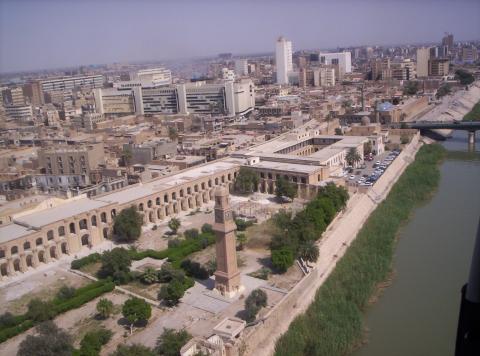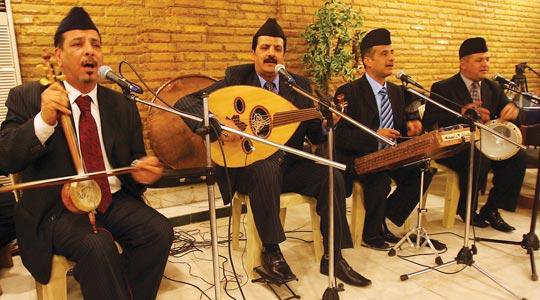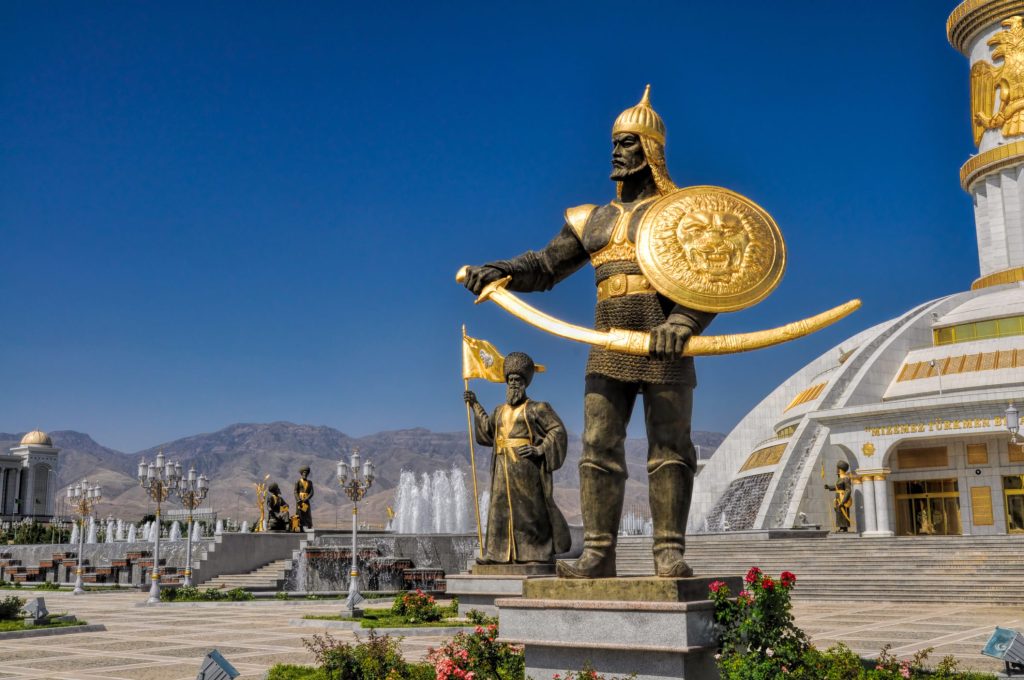
We were excited to get to Turkmenistan – as Isaac had heard what a strange and secretive country it was.
And Turkmenistan did not disappoint. Founded by nomads, under Soviet control for decades and now just getting out form under the rules of an ego-centric dictator, this central Asian national is indeed interesting and unique!
While freedom was promised after Soviet rule ended in 1991, the existing president Saparmurat Niyazov – calling himself Turmenbashi – remained and recreated the country in his image taking over the executive branch and suppressing the media. He also built 80% of the buildings in the capital, Ashgabat out of marble, named a city after himself and, renamed the months after his family. After his death in 2006, a new president Gurbanguly Berdimuhamedov took over but has still continued many of his strict policies.
Here are some more interesting facts on Turkemenistan
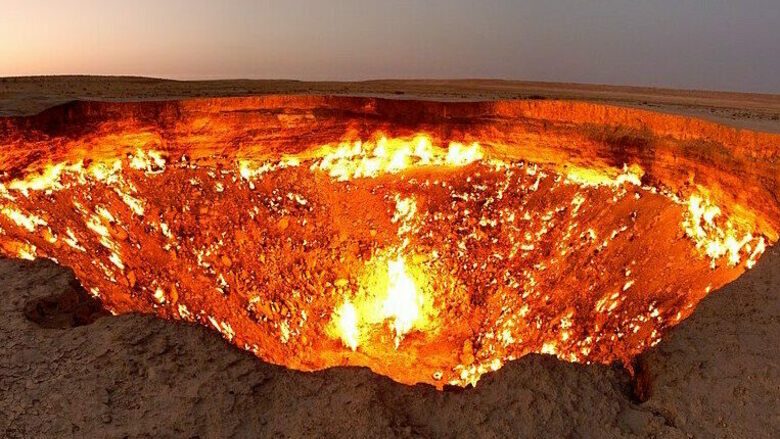
- 70% of the country is covered by the Karakum Dessert
- There is a natural gas crater in the Karakum desert that has been burning since 1971, after a Soviet scientists tried to burn it after their equipment collapsed into it
- Turkmenbashi removed all hospitals outside of Ashgabat (thinking it would bring more people to the capital city), however rural hospitals reopened under the second president
- The average temperature range is from 57-61 F but in the Karakum Dessert it can reach up to 122 F, and in the south, it can reach -27 F
For more information on Turkmenistan, check out Isaac’s awesome PRESENTATION.
FOOD
The food was what you would expect from central Asia – stewed meats and rich flavors – and delicious indeed. Thankfully there is a website – One Turkmen Kitchen – which has loads of recipes for Turkmenistan cuisine. So this made our receipt search much easier!
Dinner


Dograma – This is soup that a Turkmen original – only found here and eaten on special occasions. Basically its flat bread soaked in soup. It was meaty and tasty, and the bread alone was good too!
Pilaw – This is a more commonly eaten food in Turkmenistan, though the surrounding countries have their own versions as well. Its basically rice pilaf with meat cooked in a pot. And this turned out surprisingly well and not dry at all! The rice was moist and flavorful and delicious! Will definitely make this again!
Breakfast
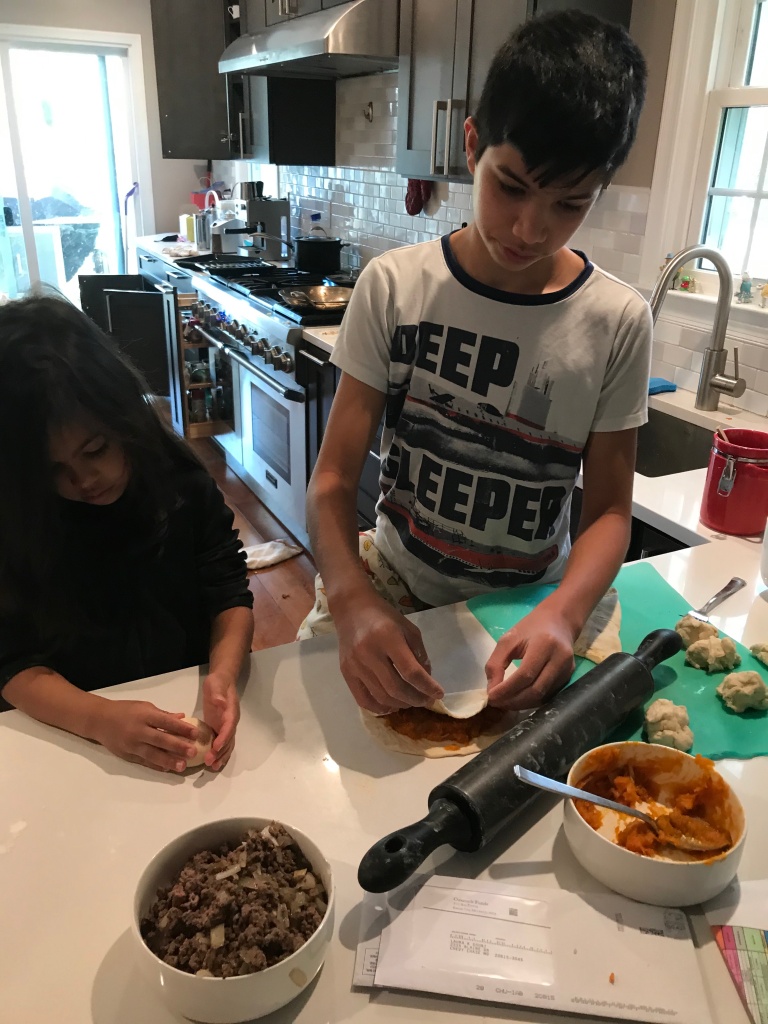
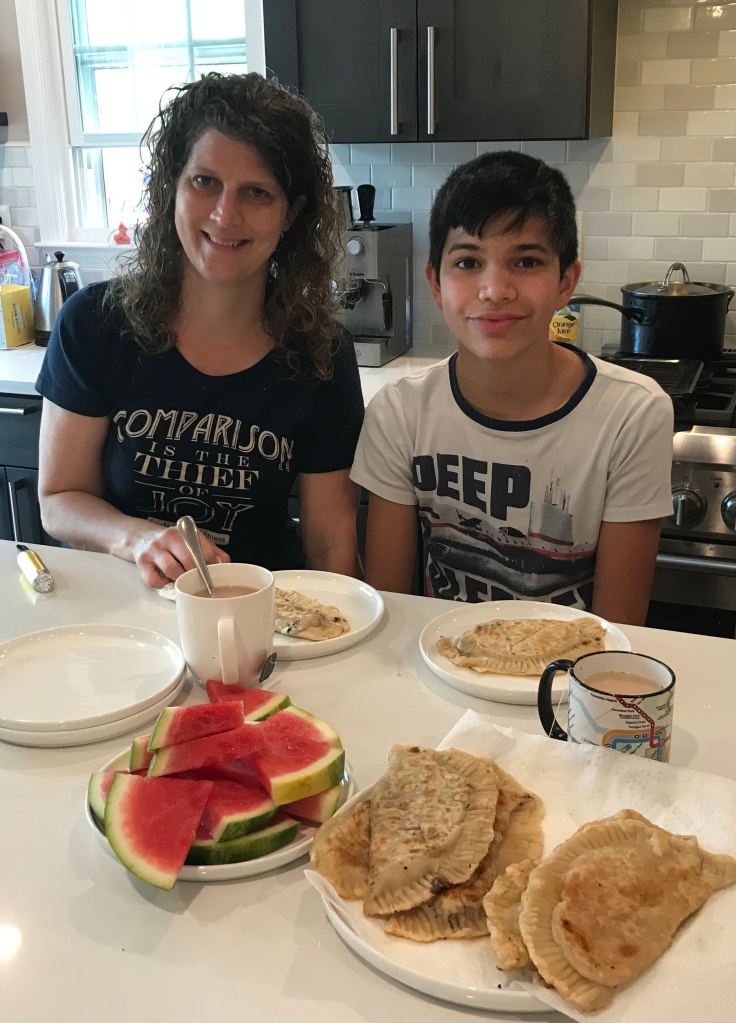
Gutap (and we tried the butternut squash version as well) – We had trouble finding what is typically for breakfast in Turkmenistan, so we just went with this tasty street food treat of stuff fried dough. We had both a meat and vegetarian version and both were pretty tasty.
Watermelon – Turkmenistan is know for the melons its grow and once was a large exporter of watermelons. Watermelon butter is in fact a typical condiment in this country! We just went with the straight fruit.
CULTURE

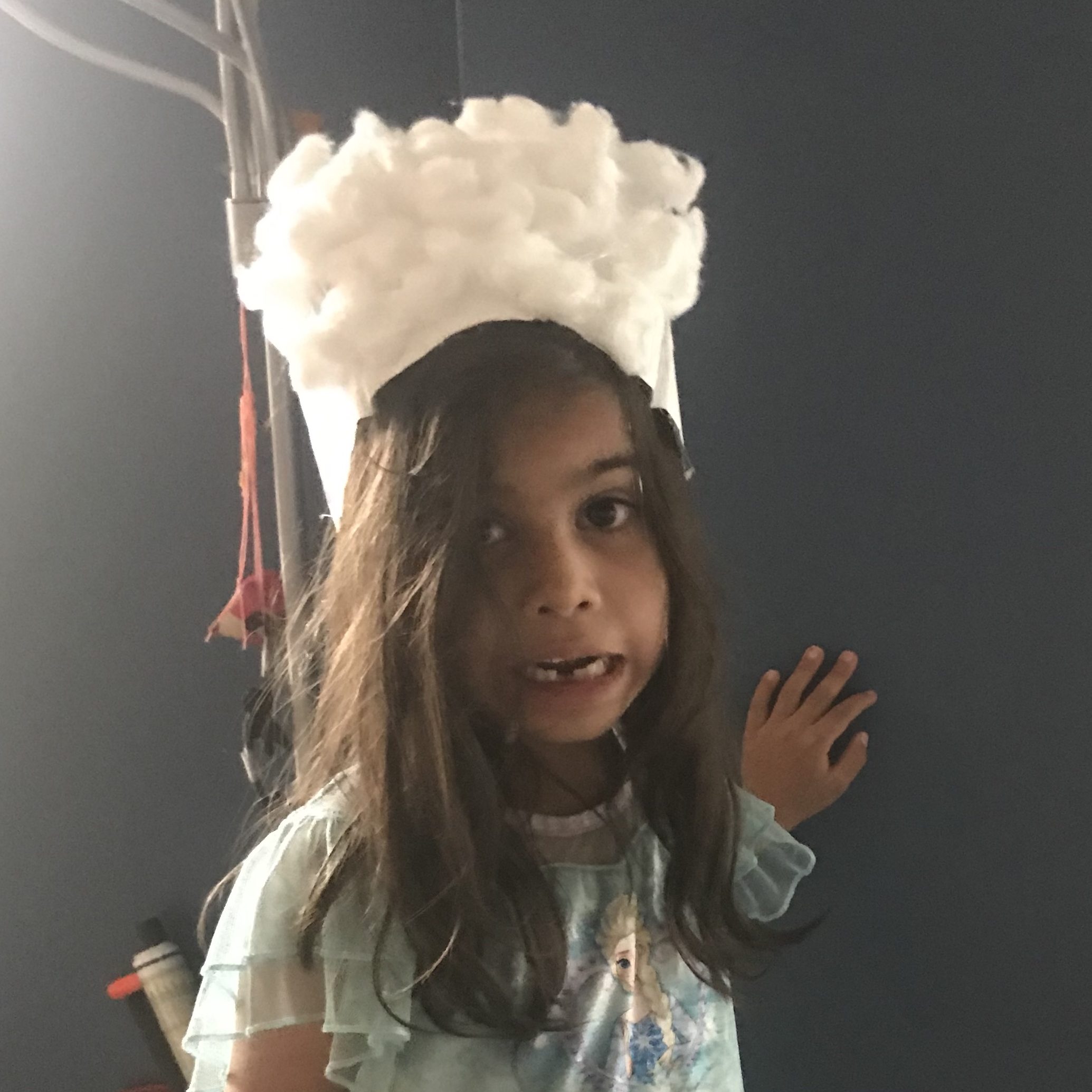
Turkmens people have a traditional long robe dress similar to other western Asian countries, but what makes them stand out is the hat or headdress. Called a Telpek this large puffy white or black hat (that almost resembles an afro) has been worn for centuries by Turkmens and still is part the traditional look today! Apparently large puff is specially designed to keep temperatures regulated to be cool in the summer and warm in the winter!
We decided to make one of our own, but, um, with just paper, glue and cotton balls. It didn’t turn out too bad, but I don’t think it provides much when it comes to temperature regulation! (And note the – err – similarities between Eve and the current president of Turkmenistan..ha!)


Next up is U – and we will be headed to the Middle East!


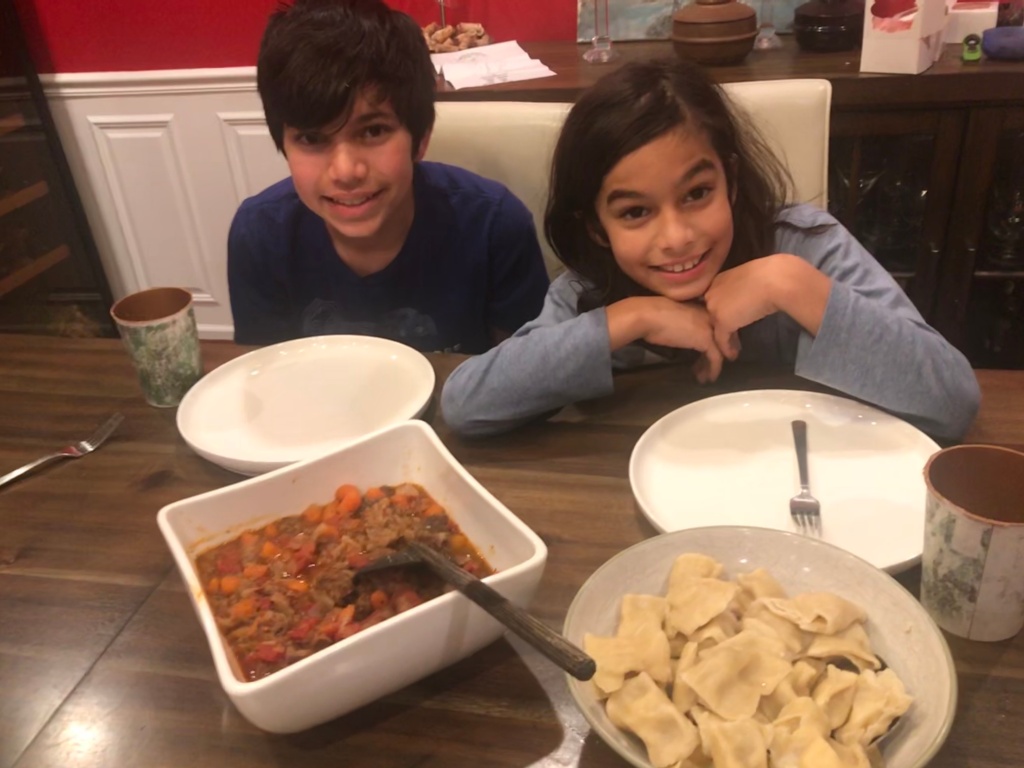
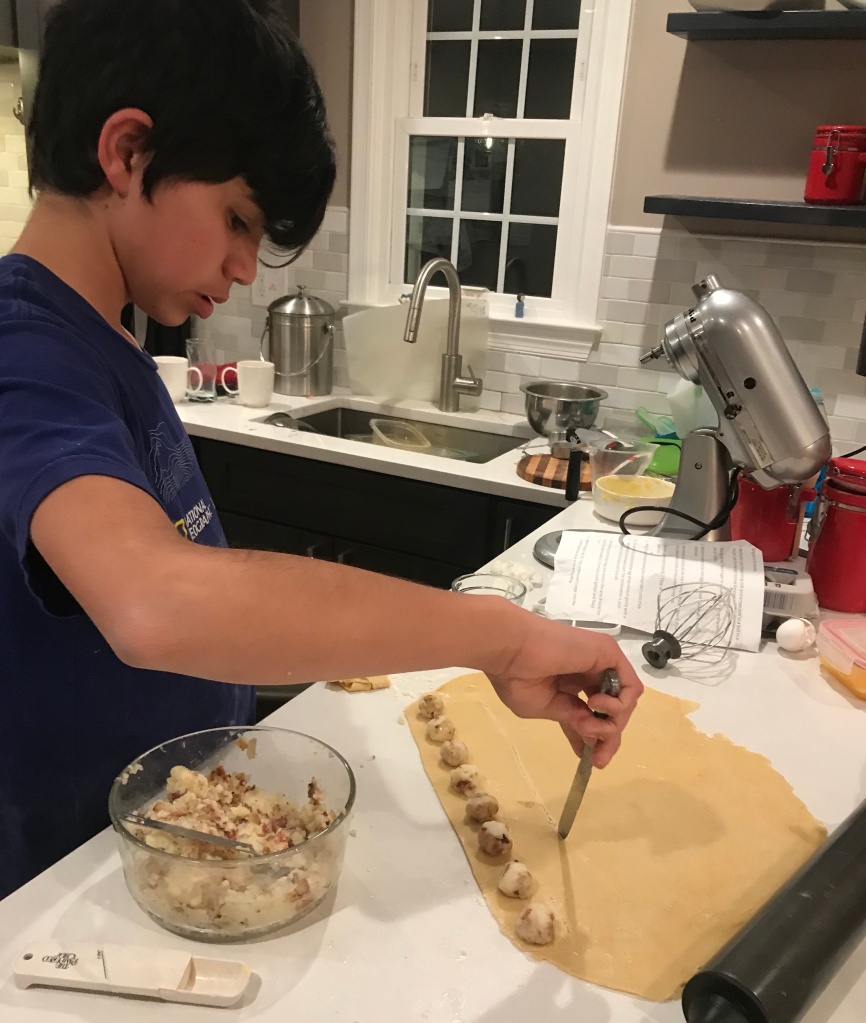
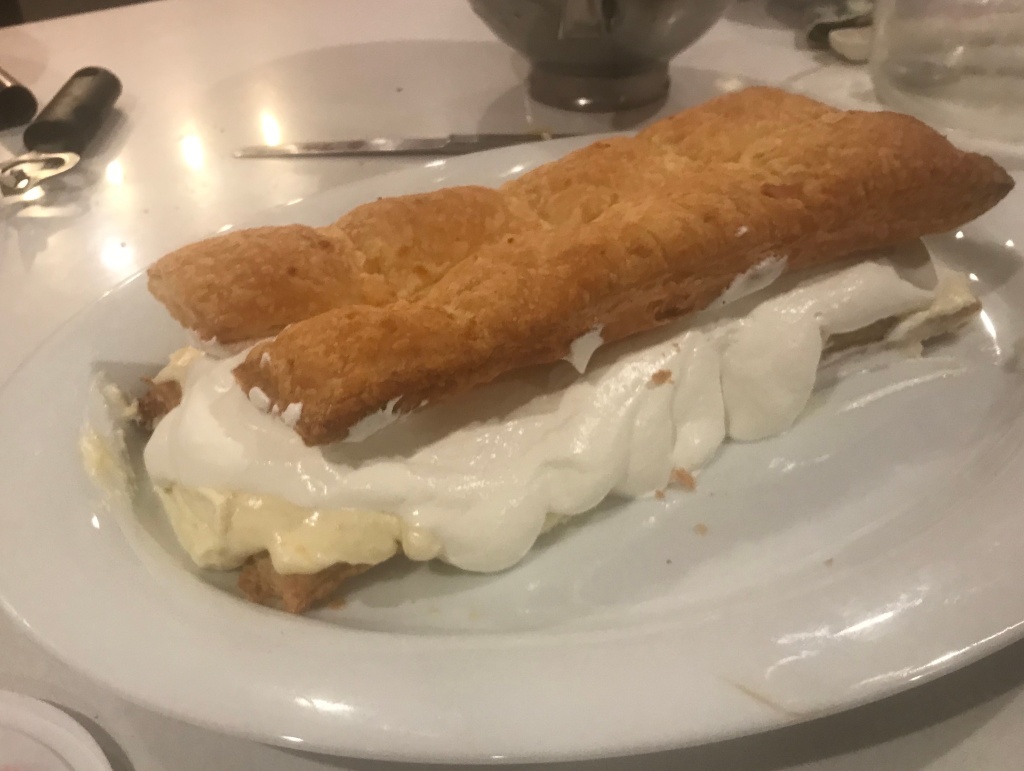

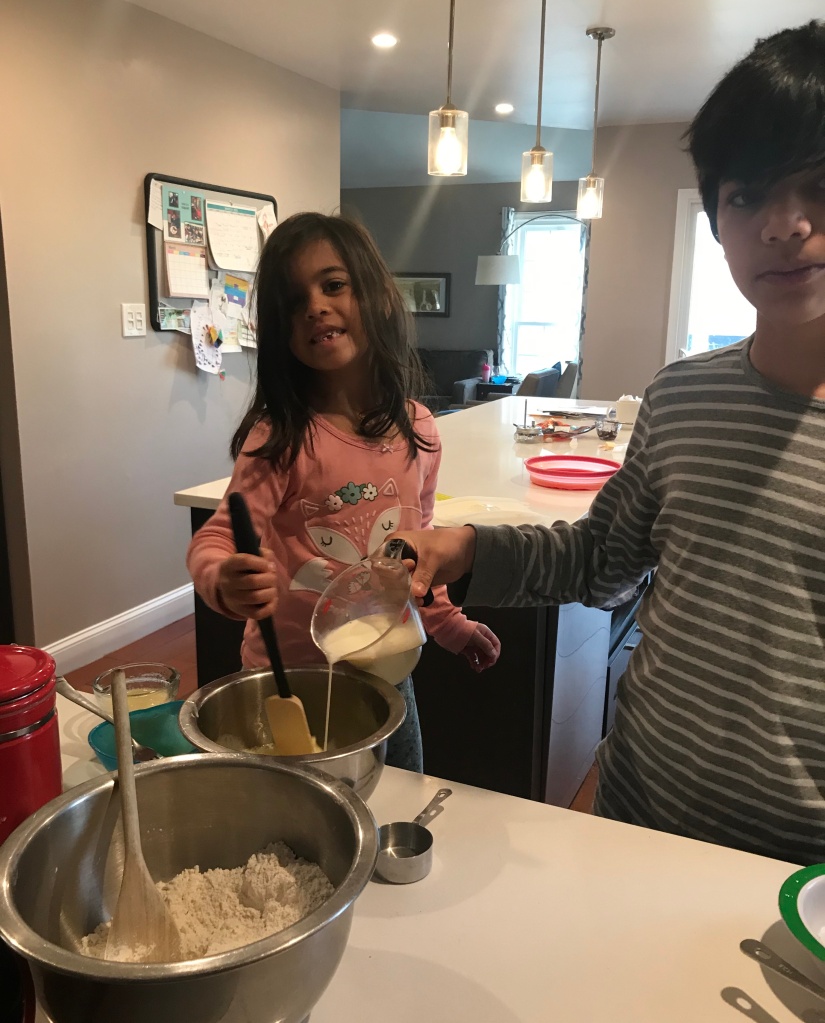
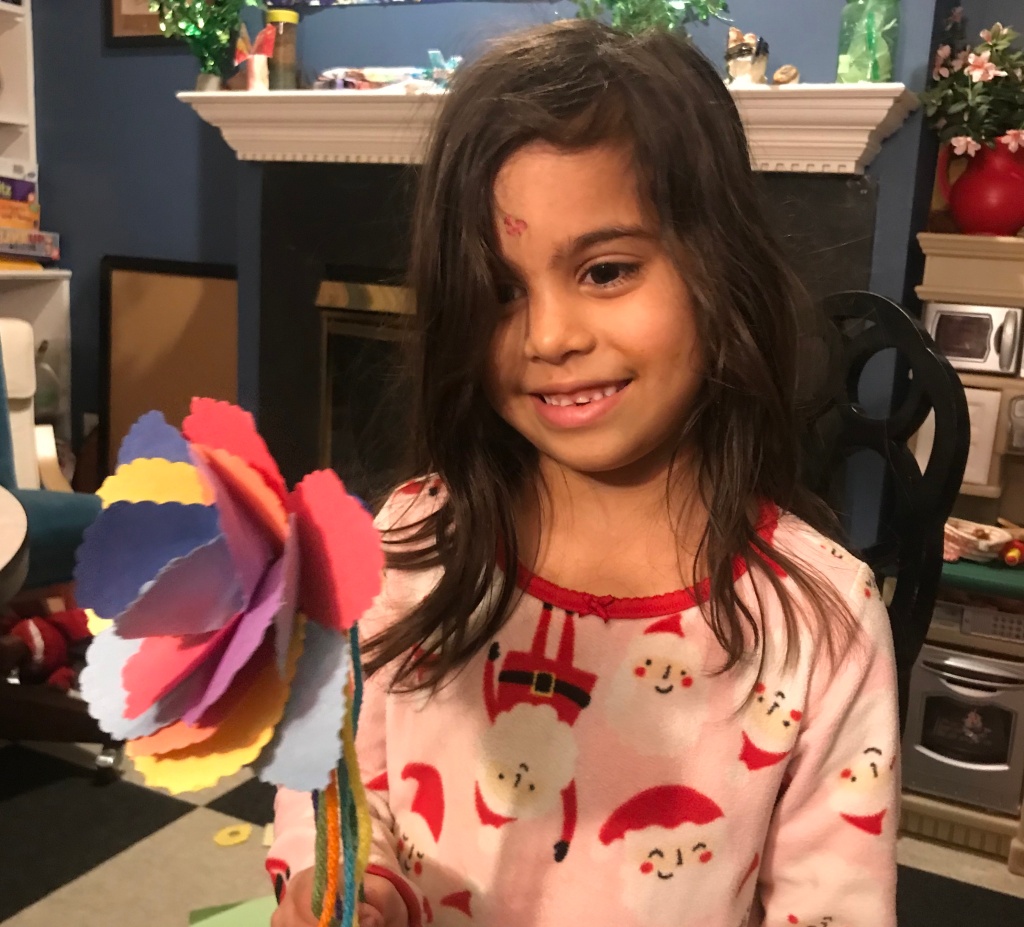




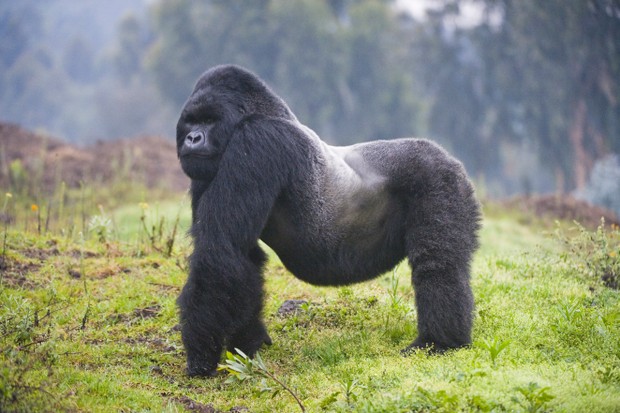
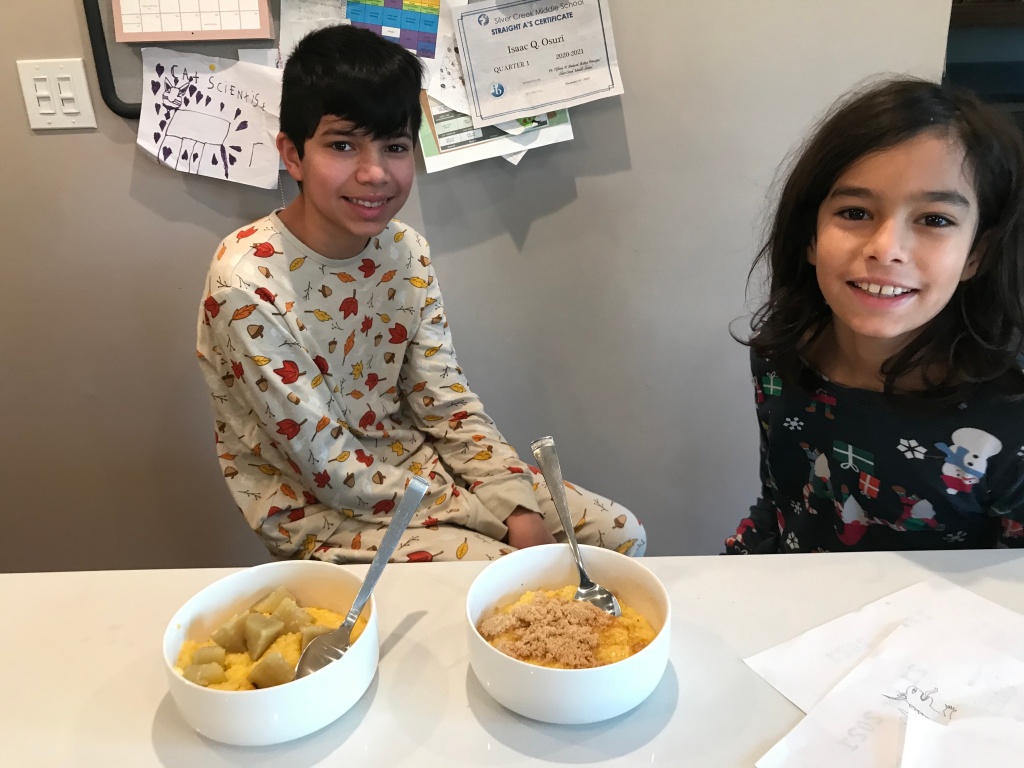
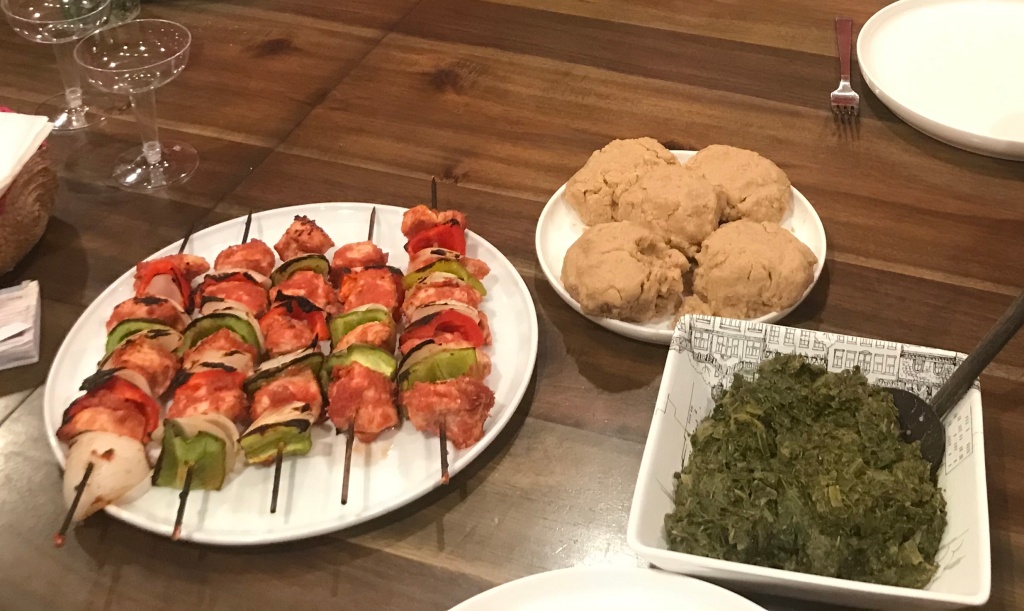

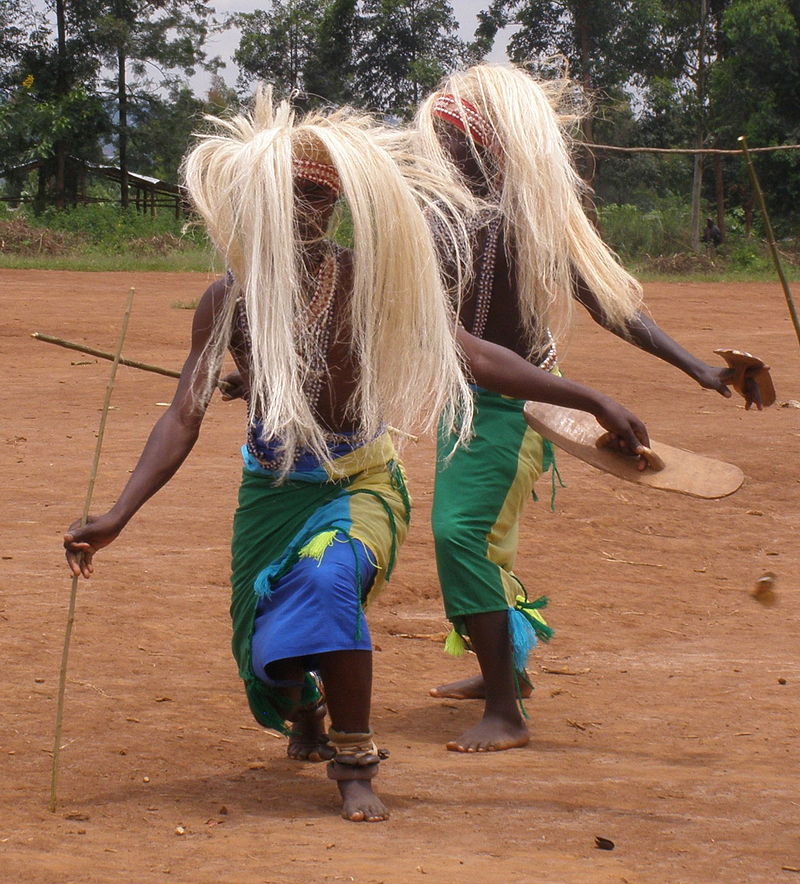

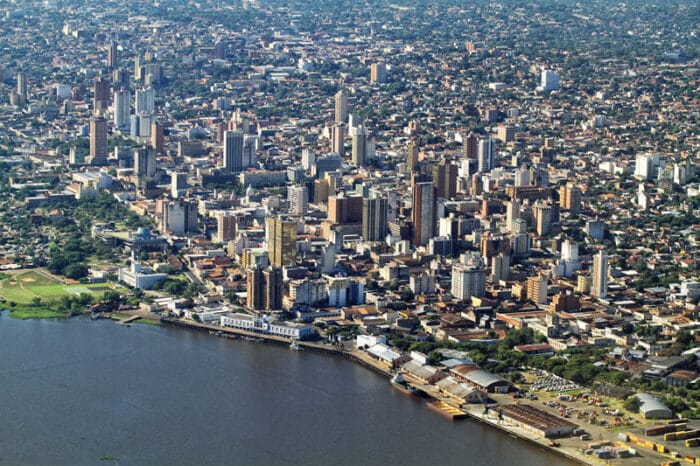






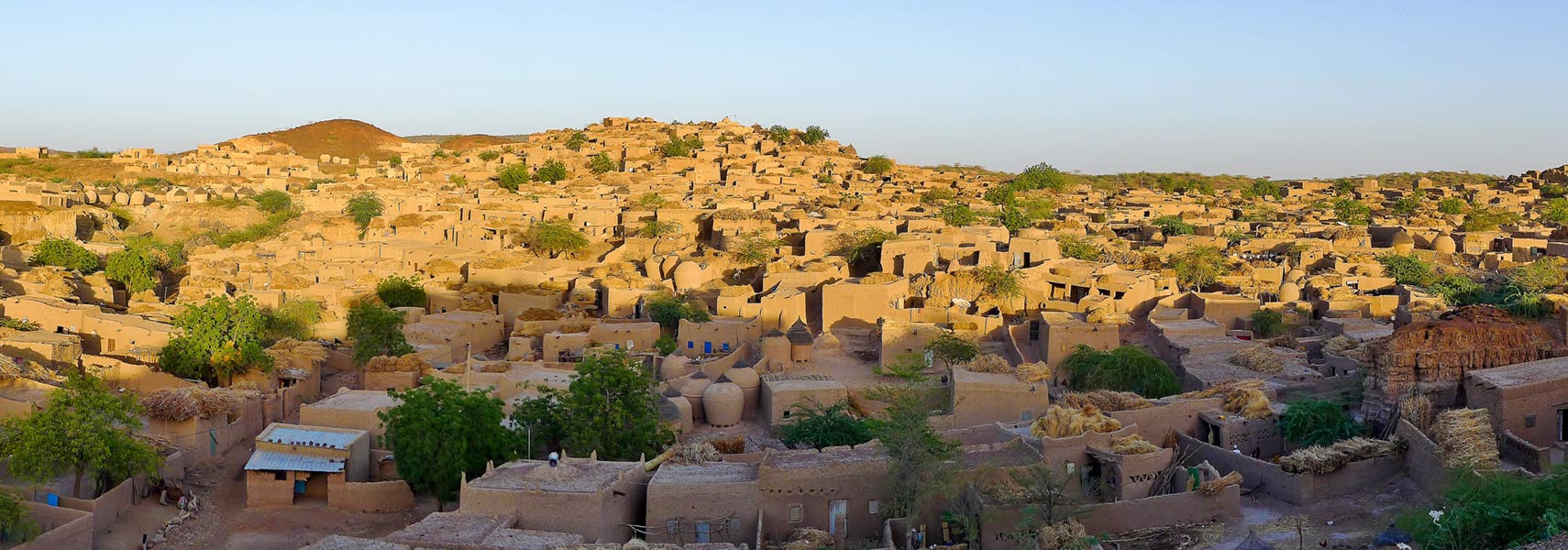

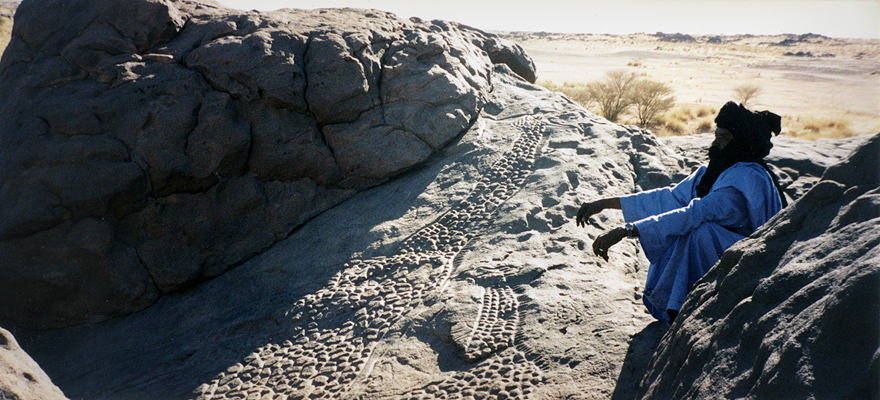 temperature of 84 °F
temperature of 84 °F





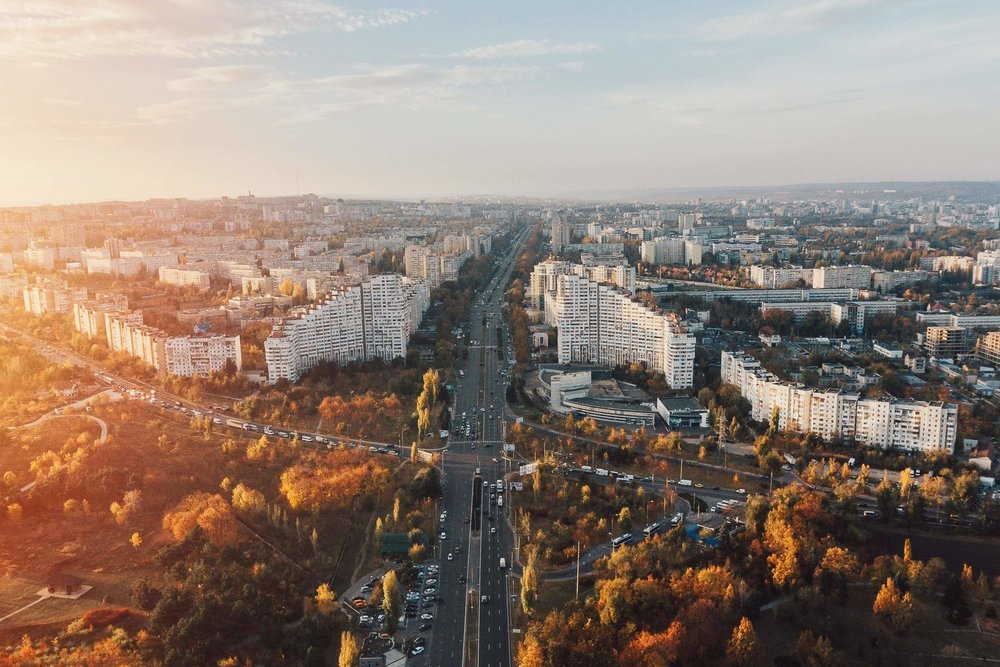
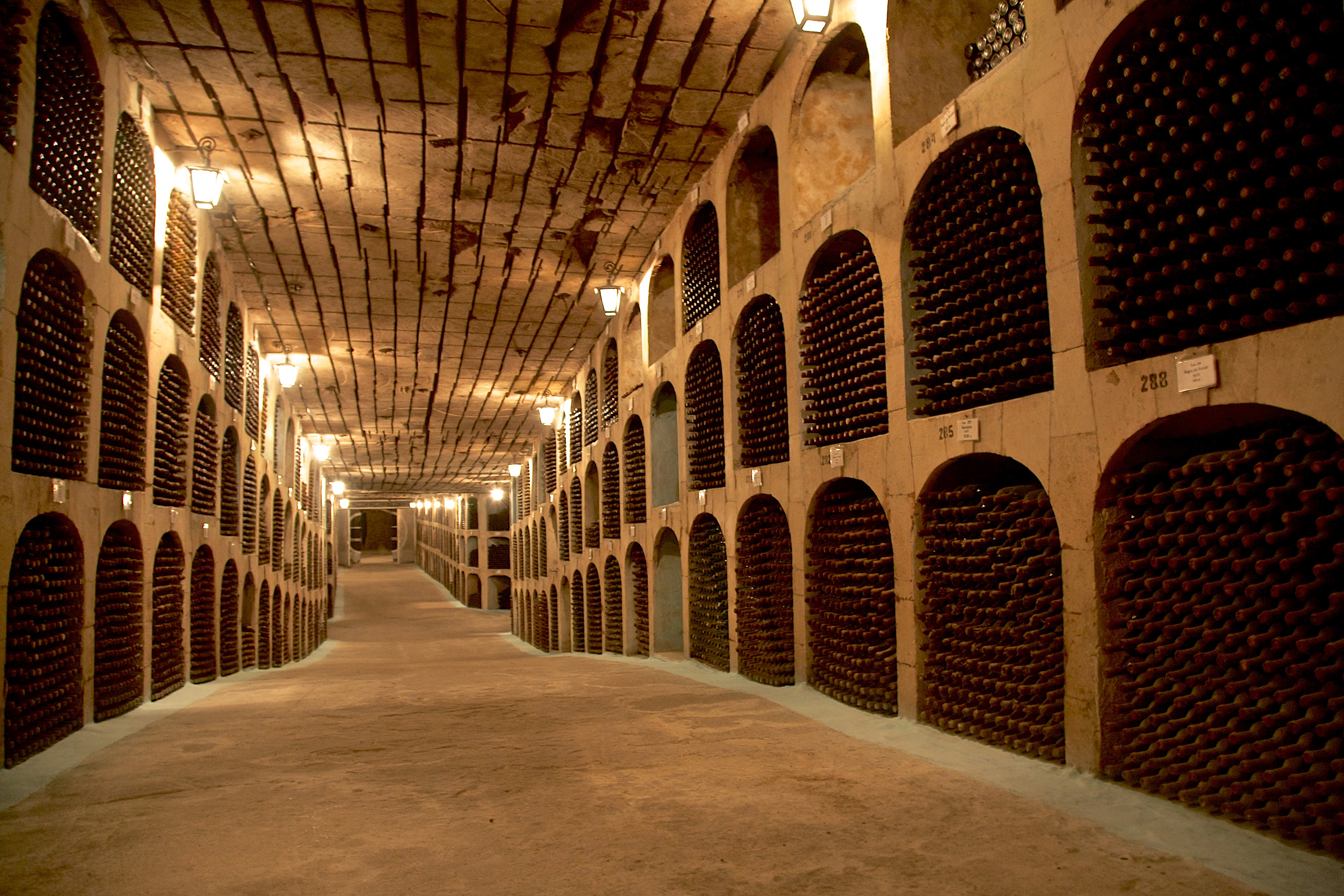






 pin with a flower or symbol in the middle. It should be red and white and should be tied in a bow.
pin with a flower or symbol in the middle. It should be red and white and should be tied in a bow.
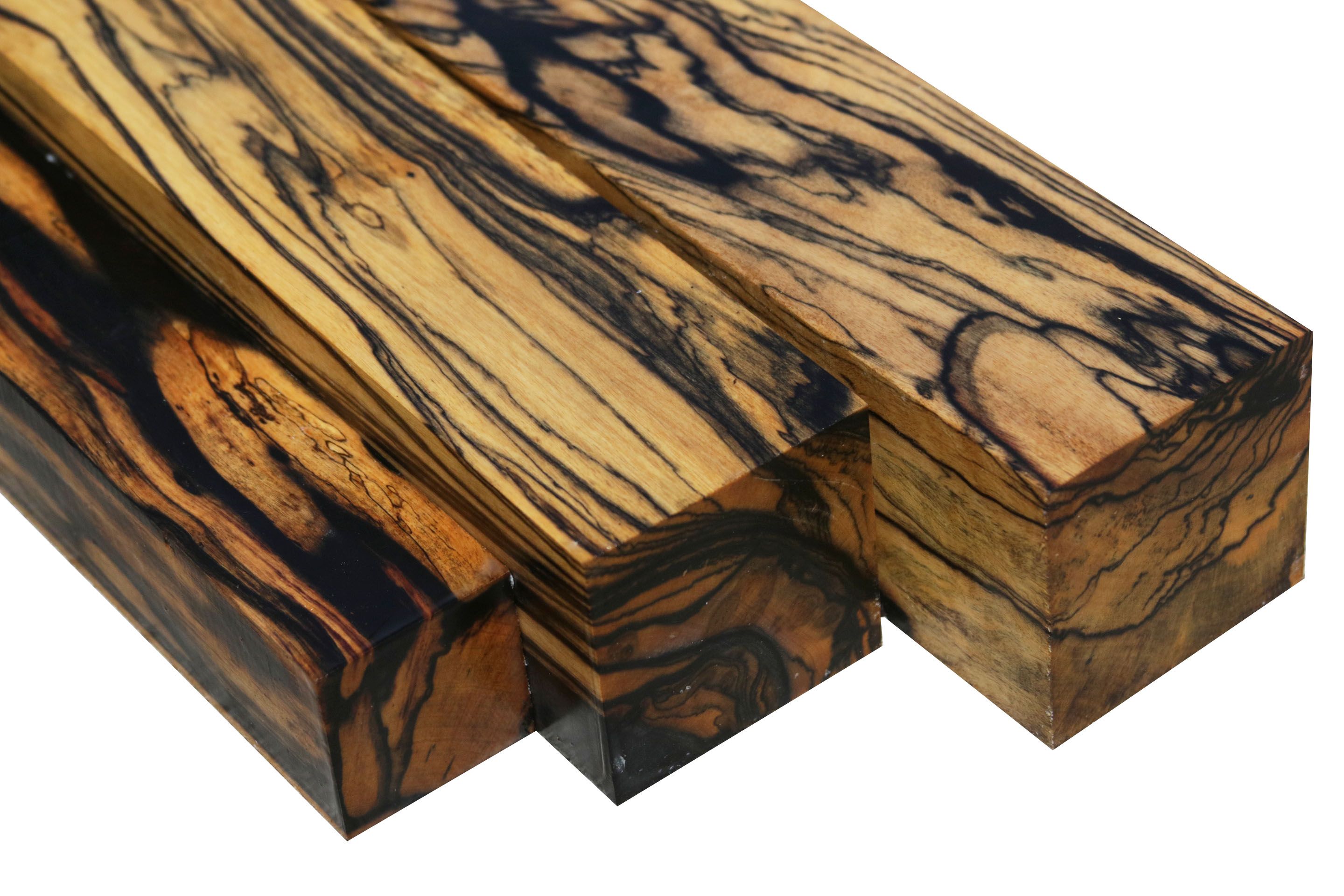 when the US dropped over 2 million tons of bombs across Laos. Around 30% of them didn’t explode.
when the US dropped over 2 million tons of bombs across Laos. Around 30% of them didn’t explode.



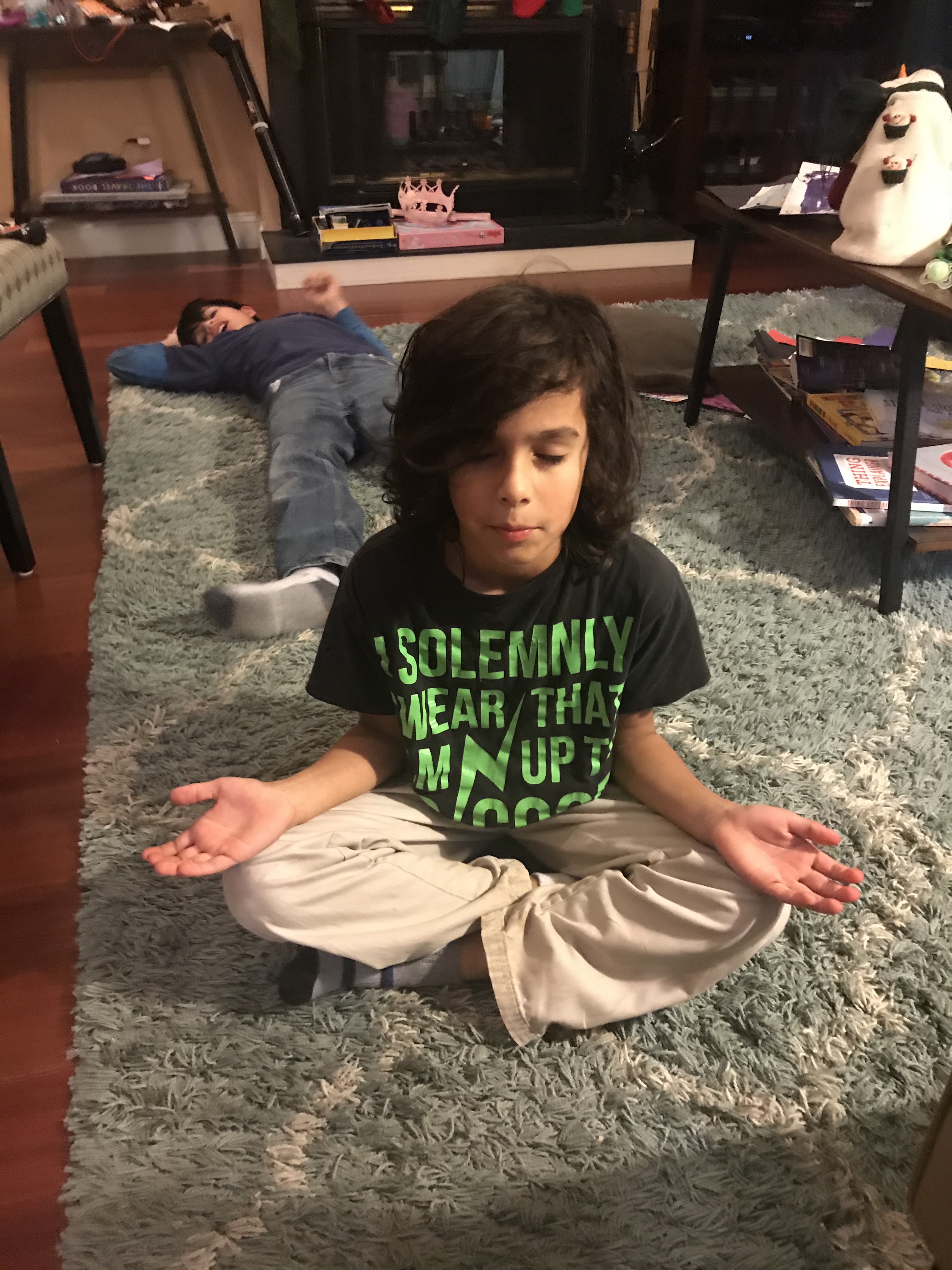 CULTURE
CULTURE

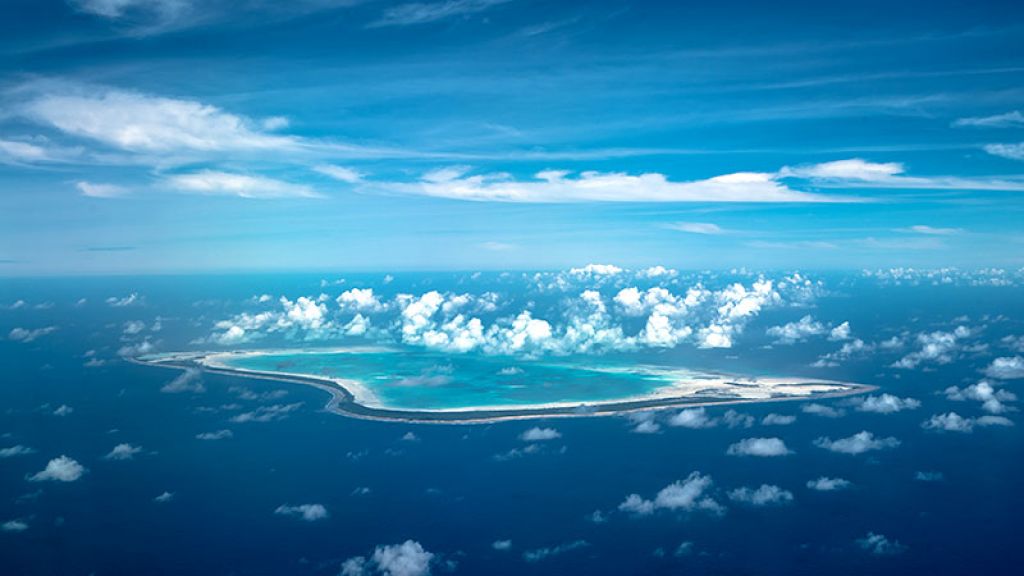
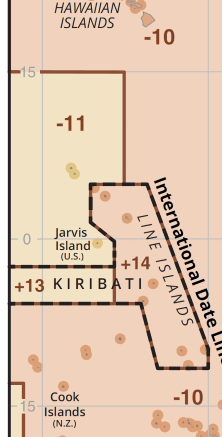
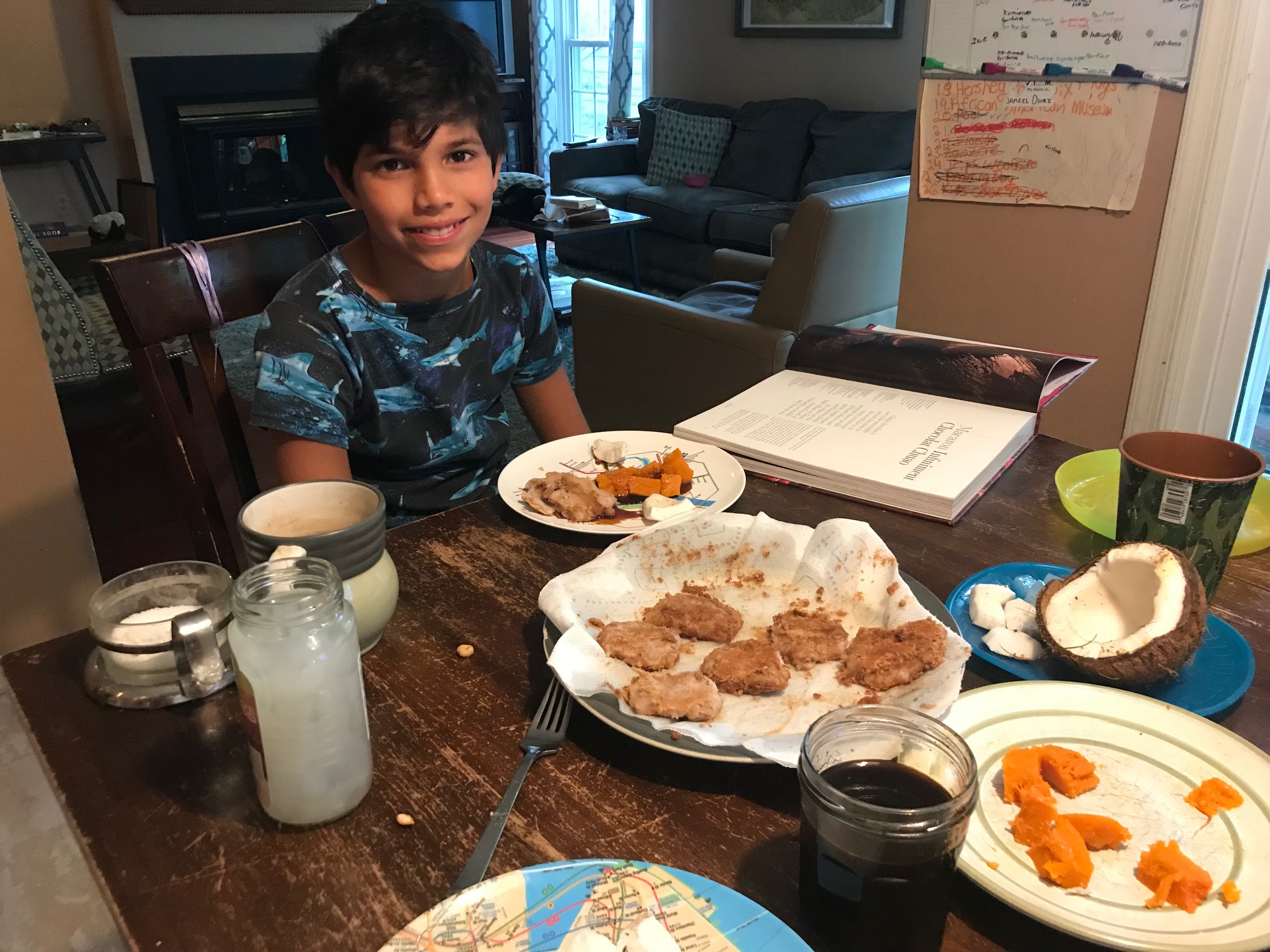




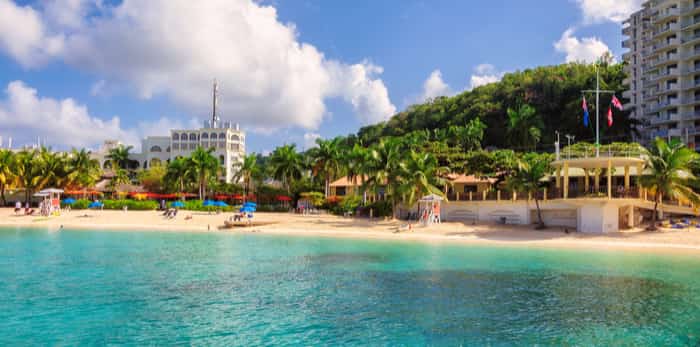
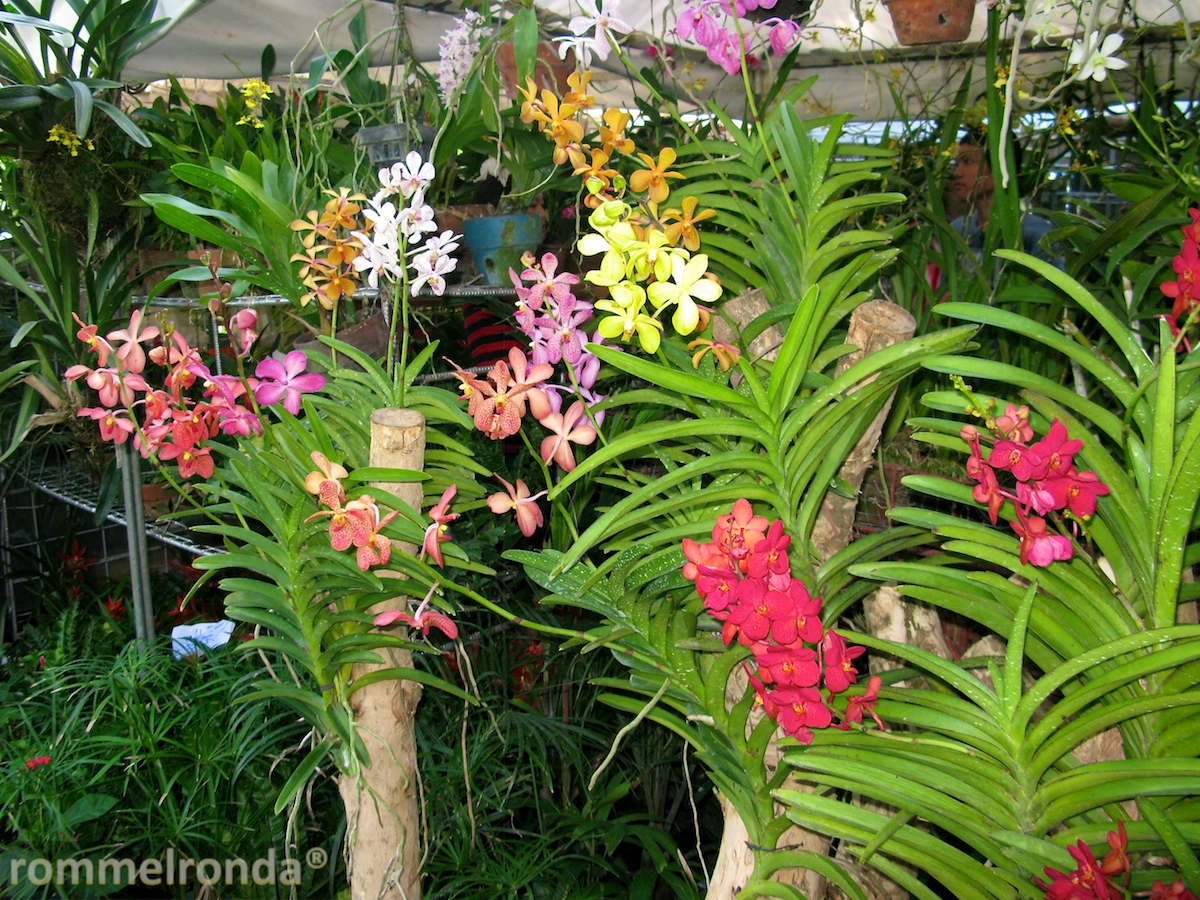 Spanish killed nearly of peaceful Arawak people that lived on the island.
Spanish killed nearly of peaceful Arawak people that lived on the island.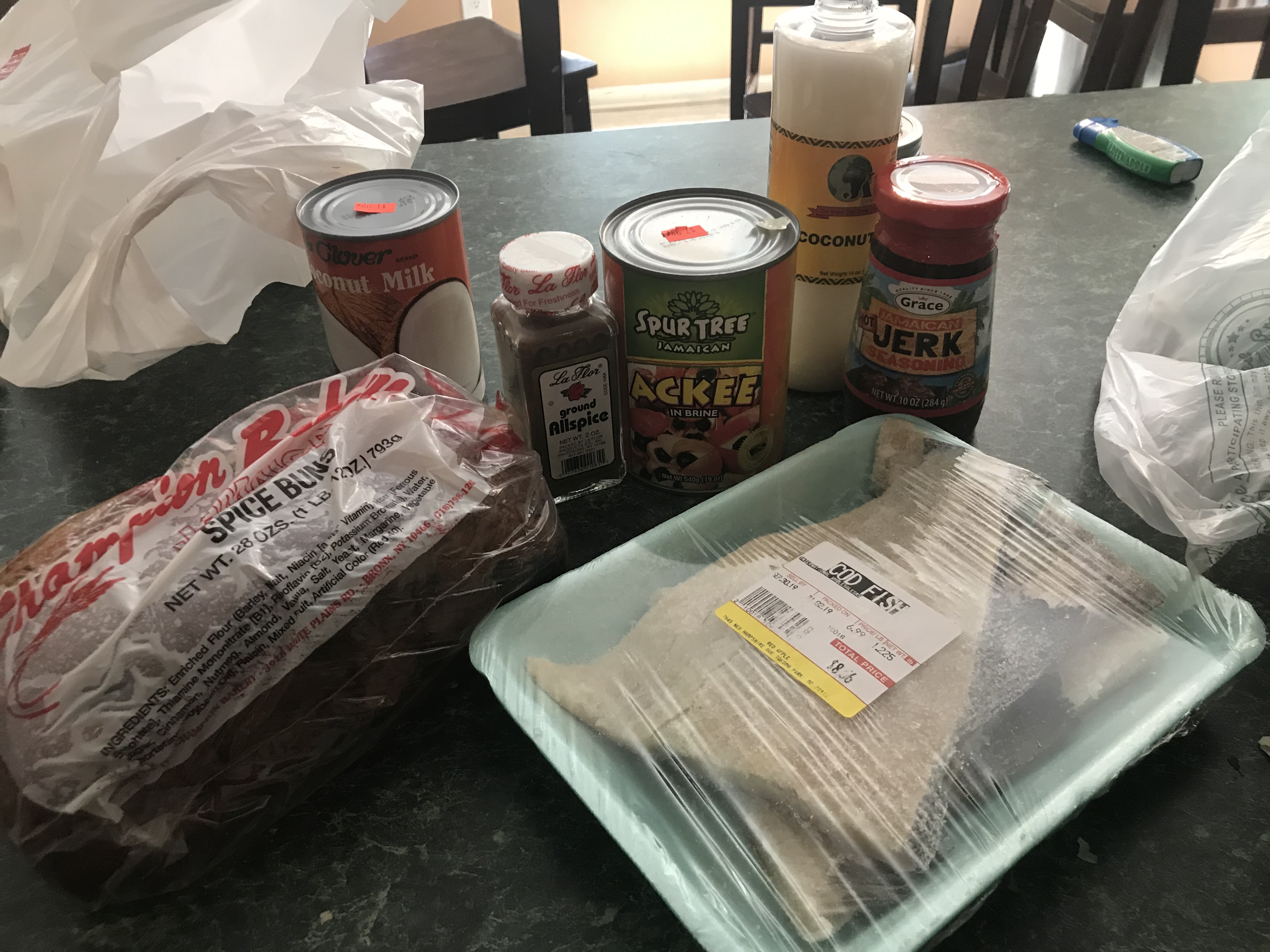




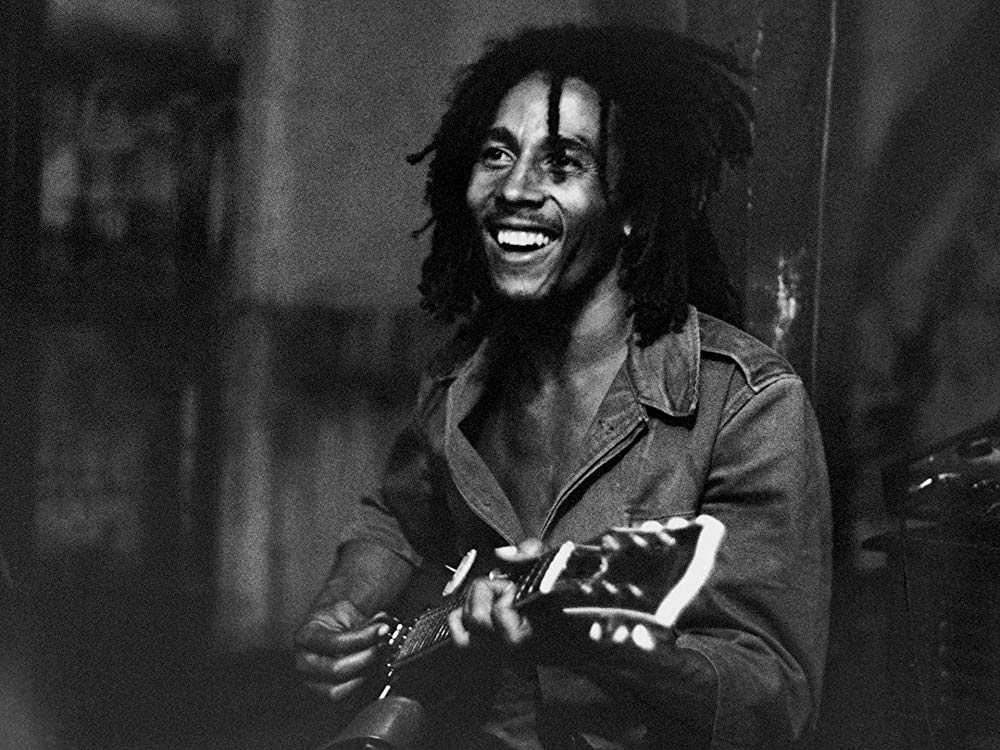 For culture we looked at the music synonymous with Jamaica – Reggae. We watched these video:
For culture we looked at the music synonymous with Jamaica – Reggae. We watched these video: 